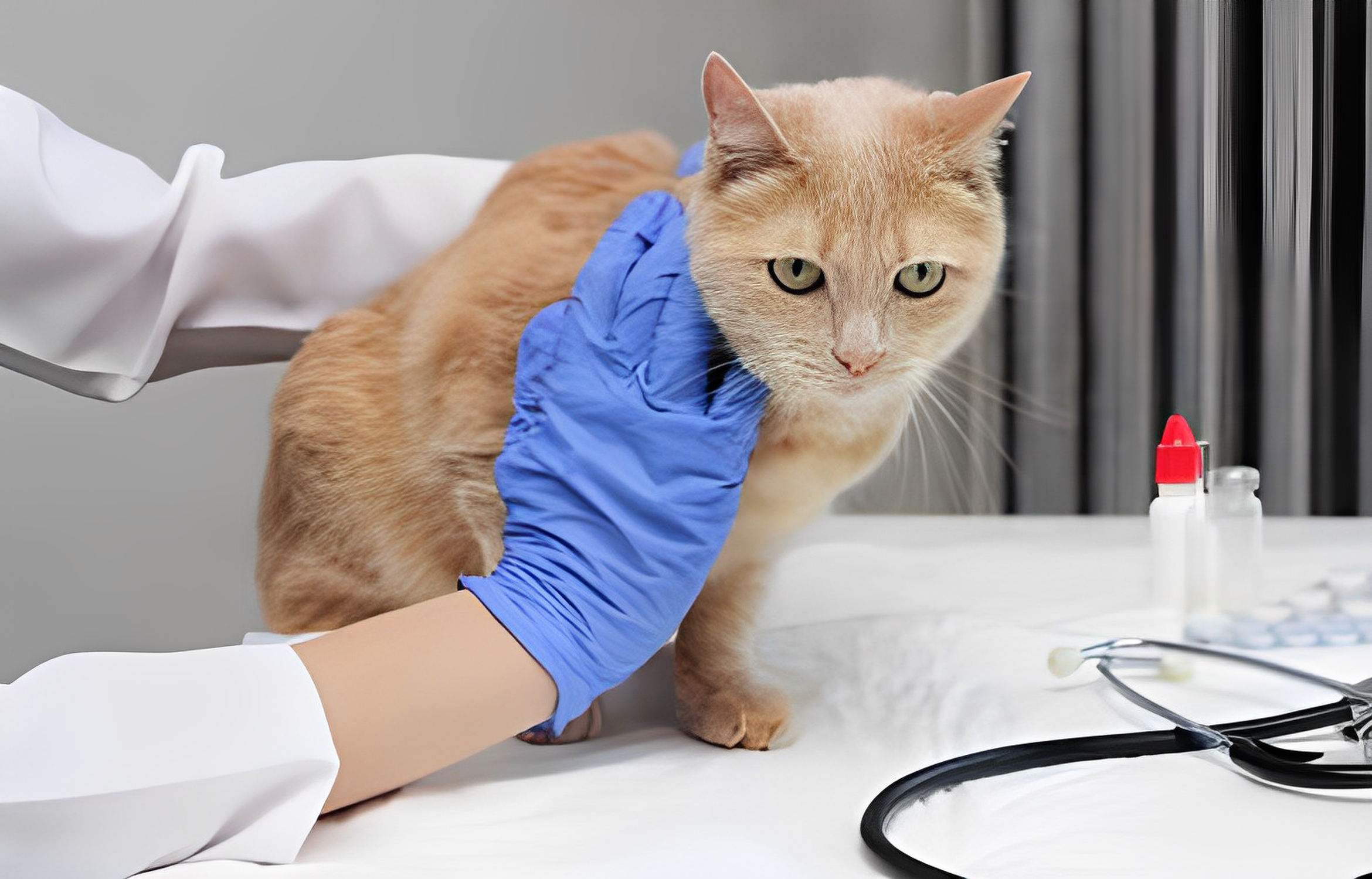As a cat owner, you’ve likely come to understand the enigmatic and often mysterious nature of our feline friends. While their personalities and behaviors may keep us endlessly fascinated, it’s essential to be equally vigilant about their health. Feline pancreatitis is one of those health concerns that can be challenging to detect and manage, but with the right knowledge and care, you can navigate this condition effectively. In this comprehensive guide, pet barn will delve deeper into the world of feline pancreatitis, exploring its symptoms, diagnosis, treatment options, and preventive measures to help you better understand and care for your beloved feline companion.
What is Feline Pancreatitis?
Pancreatitis, a condition that affects both humans and cats, involves inflammation of the pancreas, a crucial organ responsible for producing digestive enzymes and regulating blood sugar levels. Feline pancreatitis occurs when a cat’s pancreas becomes inflamed, which can lead to a range of health issues.
Symptoms of Feline Pancreatitis
The symptoms of pancreatitis in cats can be varied and non-specific, making diagnosis a challenging endeavor. Cats may exhibit one or more of the following signs:
1. Lethargy:
Cats with pancreatitis may appear unusually tired and uninterested in their usual activities, choosing to rest more than usual.
2. Vomiting:
Frequent vomiting is a hallmark symptom of pancreatitis. The vomit may contain partially digested food, bile, or be frothy.
3. Loss of Appetite:
Cats with pancreatitis often experience a loss of appetite, leading to weight loss over time.
4. Abdominal Pain::
Cats may exhibit discomfort when their abdomen is touched or may adopt a hunched posture due to abdominal pain.
5. Dehydration:
Chronic vomiting and reduced food intake can lead to dehydration, which can further exacerbate the illness.
6. Diarrhea:
Loose stools are common in cats with pancreatitis and can contribute to fluid and electrolyte imbalances.
7. Fever:
An elevated body temperature is often seen in cases of pancreatitis due to the body’s inflammatory response.
8. Jaundice:
In severe cases of pancreatitis, yellowing of the eyes or skin can occur due to liver involvement.
It’s essential to remember that these symptoms can overlap with other feline health issues, making it difficult to diagnose pancreatitis based solely on clinical signs.
Diagnosing Feline Pancreatitis
To diagnose feline pancreatitis, a veterinarian will typically employ a combination of methods, including:
1. Blood Tests:
Bloodwork can reveal elevated pancreatic enzyme levels, such as amylase and lipase, which may indicate pancreatitis.
2. Ultrasound:
An ultrasound of the abdomen can provide images of the pancreas and surrounding structures, helping to identify inflammation.
3. Biopsy:
In severe or complicated cases, a biopsy of the pancreas may be necessary for a definitive diagnosis.
Diagnosing pancreatitis can be complex, and your veterinarian may need to rule out other possible causes of your cat’s symptoms, such as dietary allergies or gastrointestinal diseases.
Treating Feline Pancreatitis
The treatment of feline pancreatitis aims to manage symptoms, provide supportive care, and address any underlying issues. Depending on the severity of the condition, treatment may involve the following:
1. Hospitalization:
In severe cases, cats may require hospitalization to receive intravenous fluids, pain management, and nutritional support. This is particularly important to correct dehydration and maintain the cat’s electrolyte balance.
2. Medications:
Medications may be prescribed to reduce inflammation, manage pain, and control vomiting.
3. Dietary Changes:
A special, easily digestible diet may be recommended to reduce the workload on the pancreas. Your veterinarian can provide guidance on suitable dietary options.
4. Management of Underlying Conditions:
If pancreatitis is caused or exacerbated by other health issues, such as diabetes or liver disease, those conditions will also be treated in conjunction with pancreatitis management.
5. Regular Monitoring:
Follow-up appointments and ongoing monitoring are essential to ensure your cat’s recovery and to adjust treatment as needed. Your veterinarian may recommend periodic blood tests to assess pancreatic enzyme levels.
Preventing Feline Pancreatitis
While not all cases of feline pancreatitis can be prevented, you can take certain measures to reduce the risk:
1. Balanced Diet:
Ensure your cat’s diet is nutritionally balanced and appropriate for their age, health status, and any underlying conditions. High-quality commercial cat food or veterinarian-recommended diets are often a good choice.
2. Hydration:
Encourage your cat to drink enough water to prevent dehydration. Providing fresh water and possibly a water fountain can help entice cats to drink more.
3. Regular Veterinary Check-ups:
Routine check-ups are crucial for maintaining your cat’s overall health. These visits can help detect and manage health issues early, including pancreatitis.
4. Stress Management:
Minimize stressors in your cat’s environment. Stress can contribute to pancreatitis, so providing a stable and comforting living space is vital.
In conclusion, feline pancreatitis is a complex condition that requires careful attention and a tailored treatment plan. By recognizing the symptoms, seeking prompt veterinary care, and following your veterinarian’s guidance, you can help your feline companion on the road to recovery. Remember that early intervention and a supportive approach can make a significant difference in your cat’s quality of life, ensuring many more years of happiness and companionship. Be proactive in your cat’s healthcare, and your efforts will be rewarded with a healthier and happier feline friend.

